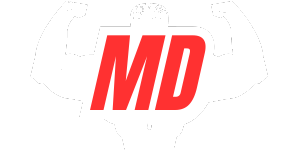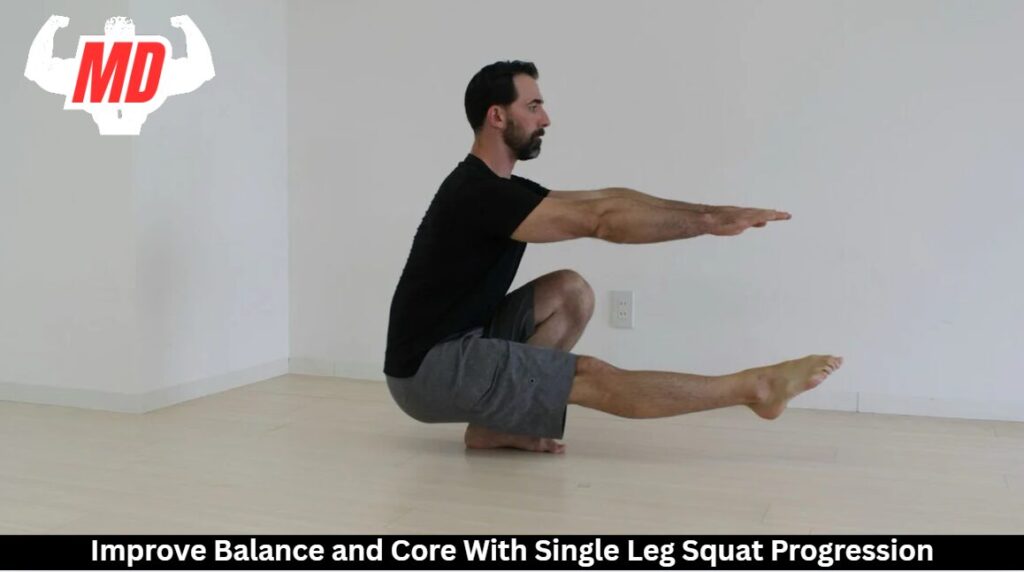Single-leg squats progressively strengthen your core and improve balance by engaging stabilizer muscles that remain dormant in bilateral exercises. Start with assisted variations using support surfaces, then advance to hovering squats and tempo training as you build stability. For best results, practice 2-3 times weekly, focusing on proper knee tracking and gradually increasing range of motion before attempting full pistol squats.
The following progression system helps you safely develop functional strength while correcting muscular imbalances.
Why Single Leg Training Is Essential for Everyone
A lot of people who are into fitness only do traditional two-legged exercises like squats and deadlifts. But single-leg training has benefits that you can’t get from doing two-legged exercises alone. When you stand on one foot, your body has to quickly recruit stabilizing muscles that don’t work when you do bilateral exercises.
Single-leg training addresses muscular imbalances that develop from favoring your dominant side during daily activities. This balance training approach forces your core stability systems to work overtime, creating stronger neural connections between your brain and muscles. You’ll develop functional strength that translates directly to everyday movements like climbing stairs or recovering from a stumble.
Plus, single-leg exercises require minimal equipment, making them accessible whether you’re at home, traveling, or in a crowded gym.
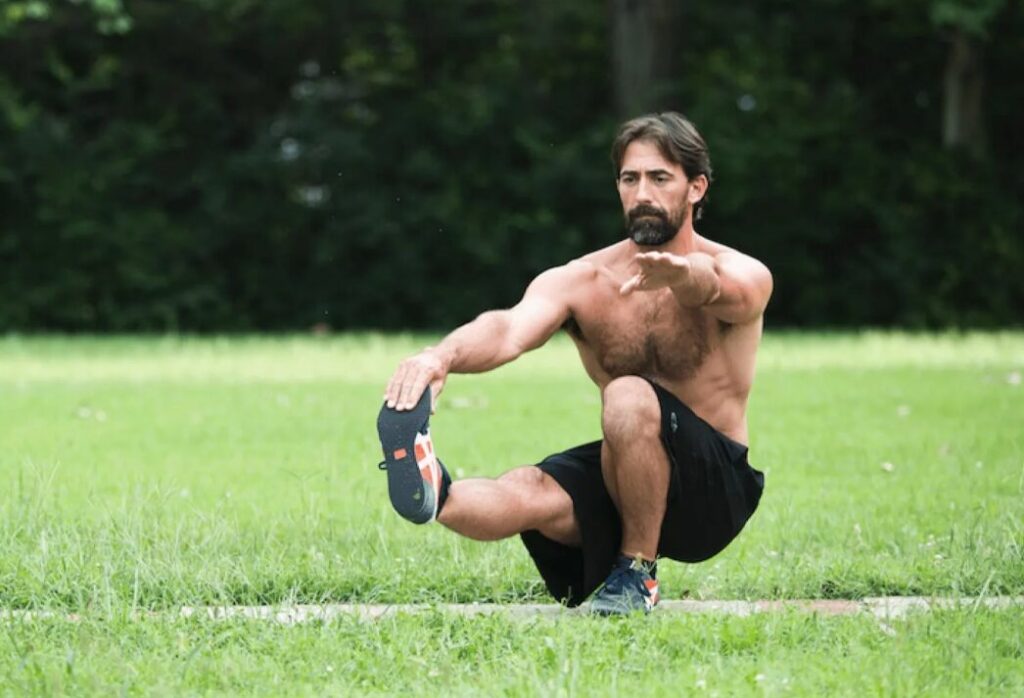
Beginner Modifications
It takes time to learn how to do a single-leg squat correctly, so beginners should start with the right changes that will help them get stronger and more confident. Start with variations that help you by holding on to a stable surface, like a wall or countertop. This outside help lets you work on your balance while still paying attention to your form.
Next, try elevated single-leg squats by sitting back onto a bench or chair. It reduces the range of motion and decreases the demand on your mobility. As you progress, gradually lower the height of your support surface.
Practice partial range repetitions, descending only as far as you can maintain control. Remember to keep your working knee tracking over your toes, not collapsing inward. These foundational modifications create the stability necessary for advanced variations.

Intermediate Progressions
Once you’ve gotten the hang of the beginner modifications, you can move on to intermediate progressions that will test your stability. Start by doing single-leg squats while hovering, barely touching a chair or bench before getting back up. This progression with little contact increases muscle activation and balance control.
Next, incorporate tempo training by slowing down your descent to a 3-second count while maintaining proper alignment. These controlled stability exercises greatly improve proprioception and core engagement.
Try adding small range-of-motion increases each week. Descend slightly deeper as your strength develops. You can also incorporate lateral movements by performing single-leg squats while stepping onto a small platform from different angles. This progression prepares your body for the advanced variations while developing multidirectional stability that transfers to athletic performance and daily movements.
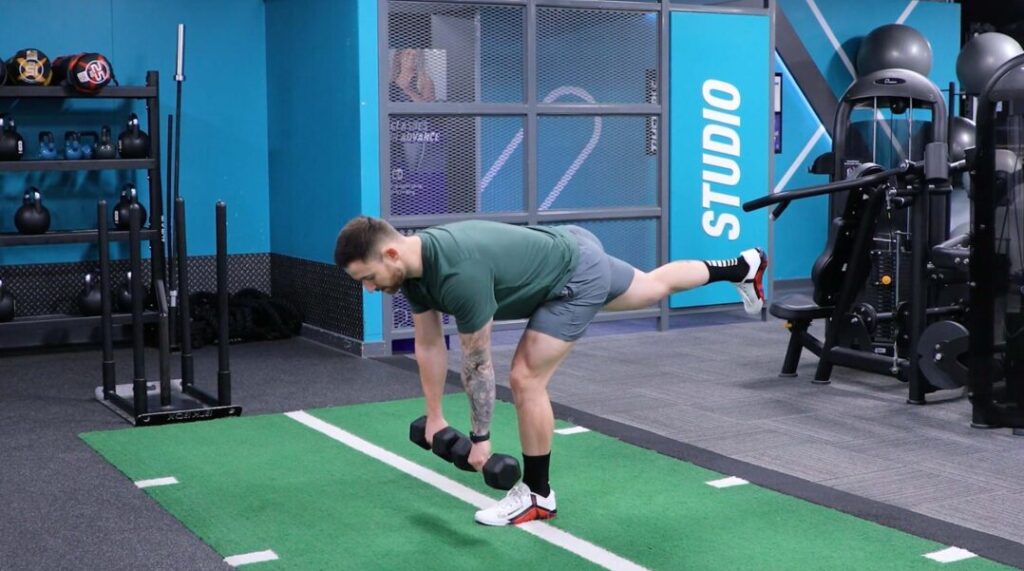
Advanced Techniques
The true test of single-leg strength and stability comes with mastering the pistol squat. The gold standard of unilateral lower-body exercises. When you’re ready for advanced techniques, focus on extending your non-working leg fully forward while maintaining a neutral spine throughout the movement.
Incorporate resistance bands anchored above you to assist with balance as you build strength. Try adding pauses at the bottom position to eliminate momentum and enhance muscle recruitment. For those seeking greater challenges in their strength training, weighted pistol squats using kettlebells or dumbbells will further develop power and control.
Remember to maintain ankle mobility through regular stretching, as restricted dorsiflexion often limits depth. Progress gradually by attempting one perfect rep before increasing volume, ensuring quality always trumps quantity.
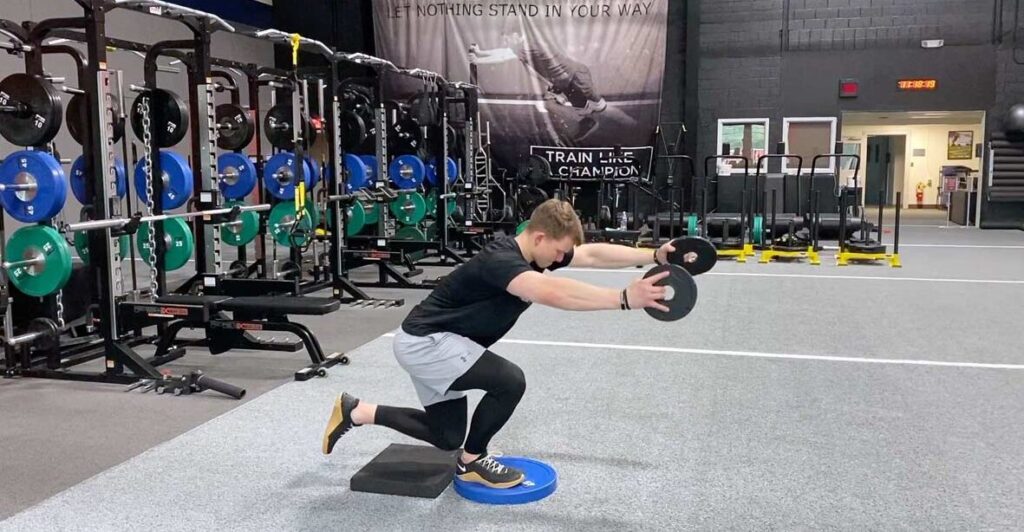
Incorporating Single Leg Work Into Your Routine
To successfully add single-leg exercises to your routine, you need to plan instead of just doing them at random. Start by doing single-leg exercises two to three times a week, and focus on quality over quantity. Start each lower body workout with 2–3 sets of your current level of progression. Then move on to traditional exercises.
As your stability improves, increase either repetitions or difficulty level, but never both simultaneously. Pair your single-leg squats with complementary movements like hip hinges or core work for balanced development.
The key to lower-body strength gains lies in consistency rather than intensity. Five minutes of focused practice several times weekly yields better results than occasional lengthy sessions.
Frequently Asked Questions
How Long Should I Hold the Bottom Position of Each Squat?
Hold the bottom position for 2-3 seconds to maximize stability benefits. You’ll build more control and strength by pausing briefly rather than bouncing. Extend this to 5 seconds as you progress for greater challenge.
Can Ankle Mobility Issues Be Overcome for Successful Pistol Squats?
Yes, you can overcome ankle mobility issues by gradually stretching, using heel lifts initially, performing ankle mobility drills, and elevating your heel slightly during practice until you develop sufficient dorsiflexion for full pistol squats.
What’s the Ideal Surface for Practicing Single Leg Balance Work?
Firm, non-slip surfaces work best for your single-leg balance practice. Start on stable floors before progressing to foam pads, BOSU balls, or balance discs as you improve. Avoid slippery or uneven terrain initially.
How Do Single Leg Squats Compare to Traditional Bilateral Squats?
Single-leg squats demand more balance, engage your core intensely, and target muscle imbalances better than bilateral squats. They’re harder but more functional, requiring less weight to achieve similar strength benefits.
Should I Wear Shoes or Practice Barefoot for Better Results?
You’ll benefit from both approaches. Practice barefoot initially to develop foot strength and proprioception. As you advance, try shoes for additional stability when working with heavier loads or challenging variations.
